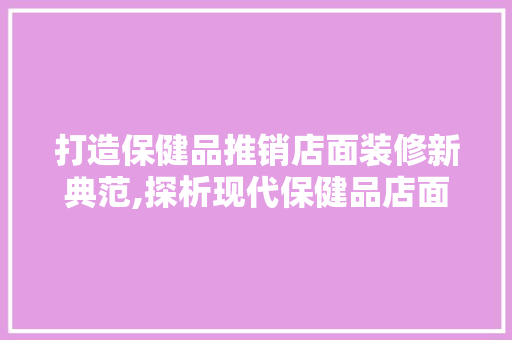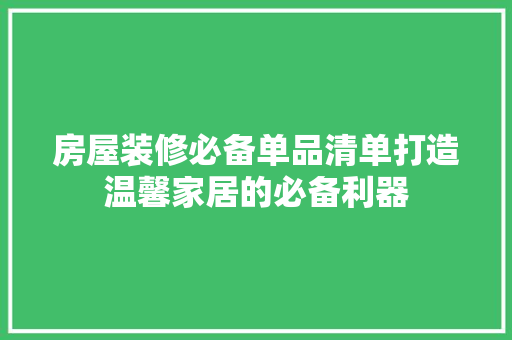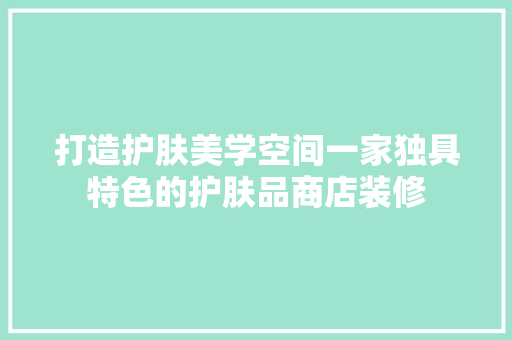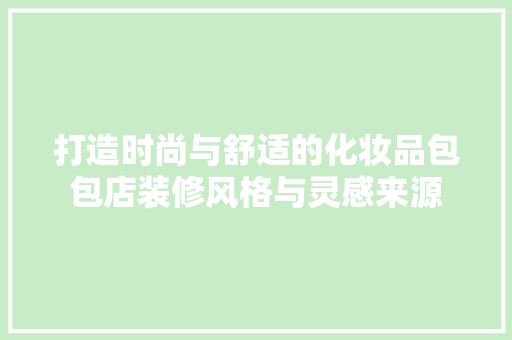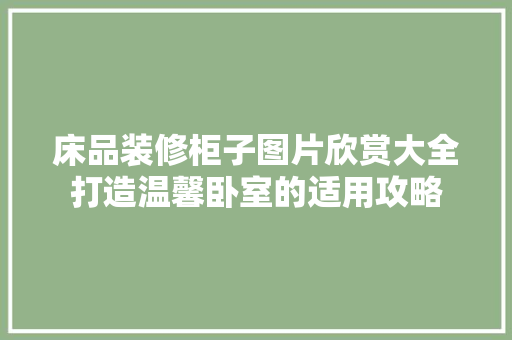KCAP对韩国首尔“世运之境(Sewoon Grounds)”进行了更新设计。该更新方案旨在将原有的“世运四区(Sewoon District#4)”改造为一个集办公、商务、都邑工业等多功能领悟的可持续地块。方案提出了一个动态的多维城市模型,以强化城市品质并为地区供应领悟本地历史内涵的独特场所。

Rotterdam, September 7th, 2021 - KCAP updated the design for the Sewoon Grounds project in Seoul, South Korea. The redevelopment project aims to transform Sewoon District #4 into a sustainable mixed-use area including offices, retail, and urban industry. The design proposes a dynamic multi-dimensional district that enhances the urban quality and provides harmonic integration with the unique historical context.
中心广场
2017年,KCAP以"世运之境"的方案赢得了首尔举办的"世运四区(Sewoon District#4)改造操持"国际竞赛。该区域因其独特的文化遗产、城市工业和现有历史建筑风貌而有名。
In 2017, KCAP won the international design competition regarding the transformation of Seoul's 'Sewoon District #4', an area characterised by its cultural heritage, urban industry and the existing historical structures.
城市肌理研究
而本次更新方案在之前的根本上,更着重表示了建筑体与周边环境与肌理的奥妙领悟,通过具有良好模数化和可达性的设计,创造出灵巧的单元组合。
The design proposal focusses on a subtle integration of the building mass in the surrounding context, good modulation, and accessibility to create flexible combinations of units.
世运之境与周边街区
它在相应未来需求的同时,通过历史遗迹和建筑的保留与修复,保护了场所持久的地方感与生命力,与既存的城市环境建立了积极联系。
It fosters an active connection to the preexistence. So it responds to future demands and generates lasting place-making by preserving historic traces and buildings。
世运商街(Sewoon Arcade)
设计上与临近的综合体”世运商街(Sewoon Sangga (Arcade))”(由韩国著名建筑师Kim Swoo-geun在1967-1972年间建造)相呼应,产生了场所精神的延续,并与这位建筑大师一起,共同见证了韩国当代建筑的变迁。
Like the neighbouring mixed-use complex 'Sewoon Sangga (Arcade)', a testimonial of modern Korean architecture by prominent architect Kim Swoo-geun, built between 1967-1972.
总平面
设计过程
该项目的设计谋略包括从现有的街道网络中提取并重现 "首尔肌理(Seoul grid)",使其成为一种独特的新型城市发展办法。
Like the neighbouring mixed-use complex 'Sewoon Sangga (Arcade)', a testimonial of modern Korean architecture by prominent architect Kim Swoo-geun, built between 1967-1972.
剖面示意图
通过将地下一层设置为考古遗迹的展览空间,即 "影象之境(Memory ground)",促进历史与现在的共存。为了鼓励城市工业生态系统的可持续发展,全体建筑中都有支持性的锚点活动。而"孕育之境(Breeding ground) "作为城市工业的平台,与“世运商街”相连。位于顶部的"天空之境(Sky ground)"增加了新的项目,并与“世运晒台(Sewoon Roof)”相联系。个中"天空之境(Sky ground )"是通过设计更新而增加的,以确保"大众可直接望向作为联合国教科文组织遗产——首尔宋庙(Jongmyo)的景不雅观。
The exhibition of the archaeological relics on the basement level, a ‘Memory Ground‘, promotes the harmonious coexistence of the past and present. To encourage a sustainable development of the urban industrial eco-system, supporting anchor activities are located throughout the building. The ‘Breeding Ground’ acts as a platform for urban industry and is connected to the Sewoon Arcade. The ‘Flying Ground’ at the top adds new program and will be related to the Sewoon Roof. The ‘Sky Ground’ is added by the design update to secure the public view towards Jongmyo UNESCO heritage.
分层剖析图
正如KCAP的副合资人,韩国地区项目卖力人,Hyeri Park所强调的:“我们希望在“世运之境”中实现历史和未来、城市工业和创意生活、封闭体块和开放空间之间的平衡和共处。我们的设计是传统以拆迁为更新办法的进化,在最小影响现有社会生态平衡,和最大化实现公众年夜众利益的根本上,实现城市再生和改造。这个通透的多体块堆积的群落,我们称之为 ’世运之境’,将在传统和现有的代价根本上重新定义城市品质。由此,我们力争设计的是一个城市场所,而不止于一个建筑。“
As associate partner at KCAP, Hyeri Park, emphasizes: ‘With Sewoon Grounds, we want to balance between history and future, urban industry and urban creative lives, massing and open spaces. Our design update could evolve a demolition-based redevelopment into regeneration and urban transformation with the least social risk at the same time to make a maximum public benefit. This porous publicly stacked urban agglomeration, which we call ‘Sewoon Grounds’ will create new urban quality based on the old and existing values. We designed an urban grounds, not just a building.’
原有街巷
这样一种连接多层次城市的三维设计视角,供应了一个在空间和韶光上动态累积的多维城市图景。“世运之境”在尊重文化遗产的同时,通过以人为本的城市设计,引发了首尔的城市工匠精神。
Thanks to the connection of the multi-layered urban context in a three-dimensional way, the proposal offers a dynamic multi-dimensional city vertically accumulated in space and time. Sewoon Grounds respects the cultural heritage while developing a people-oriented urban design that stimulates urban craftsmanship in Seoul.
立面图
———————————————————
这个项目近期在设计媒体 #Archiscene 发布!
编辑们与KCAP副合资人 Hyeri Park 和 Pieter Theuws 进行了访谈。想深入理解该项目背后的理念,在可持续性方面的努力,以及最大的设计寻衅,更多内容请戳“阅读原文”。
This project was just published on #Archiscene! The editors talked to KCAP associate partners Hyeri Park and Pieter Theuws to find out the concept behind the project, the sustainability aspects, and the biggest design challenges. To learn more about it, please click on 'Read More' below.
飞跃之境(Flying Ground)
———————————————————
甲方:汉城城市与社区公司 建筑师:KCAP规模功能:312500平方米的建筑面积,包含办公、公寓、商业、停车、文化展览及城市工业、都邑工业等功能 本地互助建筑单位: S.A.A.I建筑事务所(2017年竞赛阶段); Junglim建筑,S.A.A.I建筑事务所(2018年方案设计第一阶段), Heerim建筑与方案事务所,SPACE Group事务所(2021年方案设计第二阶段)
Client: Seoul Housing & Communities corporationArchitect: KCAPProgram: 312.500 m2 mixed program including office, studio apartments, retail, parking, cultural preservation exhibition, and urban industryLocal Partner Architects: Architects Office S.A.A.I. (Competition phase 2017); Junglim Architecture, Architects Office S.A.A.I. (1st phase schematic design 2018), Heerim Architects & Planners, SPACE Group (2nd phase schematic design 2021
资料来源、版权所有:KCAP


